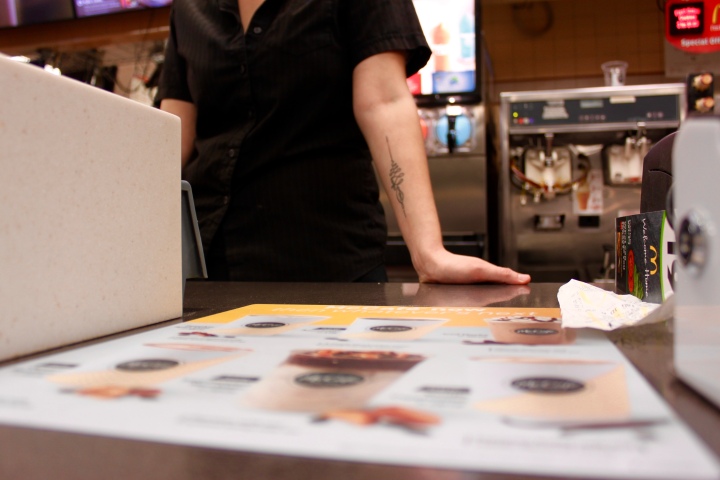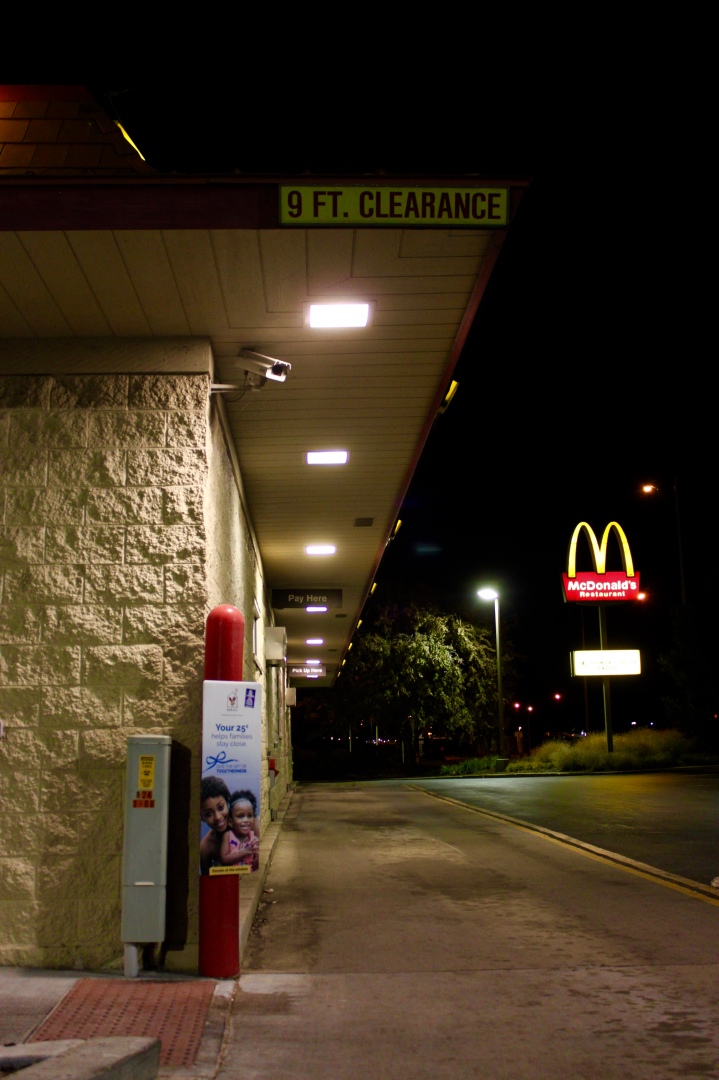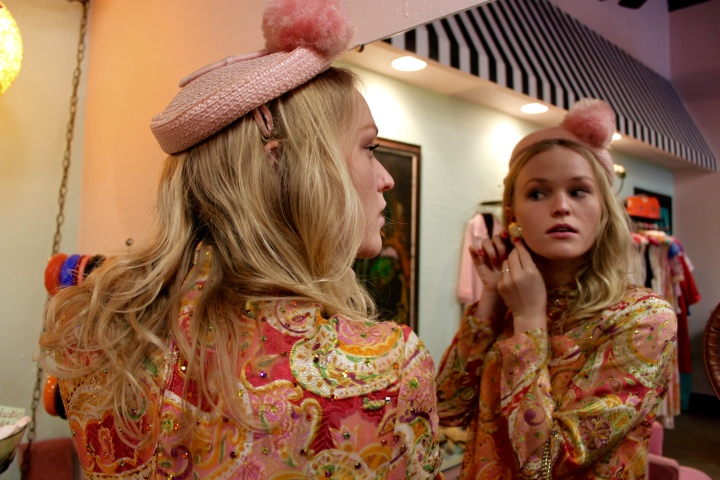The McDonald’s on Smiley Lane was robbed Saturday.
At around 8:42 p.m. Saturday, a 6 feet tall black man in dark clothing walked up to the drive-thru. When he got to the pay window, he reached inside and stole money out of the cash register, then ran away in a southbound direction.
General Manager Crystal Garza said she thinks the robber was a former employee. “A random person would not know exactly where the money was located,” she said.
According to the Bureau of Labor Statistics, the fast food industry has one of the lowest employee retention rates in the country. The average yearly salary for a fast food worker is around $20,000.
Garza said that McDonald’s is always hiring, and that the Smiley Lane McDonald’s employee retention rate is “pretty low.”
 The robber reportedly walked up to the pay window and reached inside the window, stealing cash straight out of the cash register. Garza said this is the first time the Smiley Lane McDonald’s has been robbed in the past year she’s worked there.
The robber reportedly walked up to the pay window and reached inside the window, stealing cash straight out of the cash register. Garza said this is the first time the Smiley Lane McDonald’s has been robbed in the past year she’s worked there.  The McDonald’s was empty on the night of the robbery, as it is most evenings, Garza said. “Most nights are pretty laid-back. Sometimes we get crazy drunk people, but that’s only usually on the weekends,” she said.
The McDonald’s was empty on the night of the robbery, as it is most evenings, Garza said. “Most nights are pretty laid-back. Sometimes we get crazy drunk people, but that’s only usually on the weekends,” she said. Garza said she is not concerned about her safety as a McDonald’s employee. She said that she feels safe working at the Smiley Lane McDonald’s. “There are usually a lot of people working, so I am never actually alone,” she said.
Garza said she is not concerned about her safety as a McDonald’s employee. She said that she feels safe working at the Smiley Lane McDonald’s. “There are usually a lot of people working, so I am never actually alone,” she said. Garza works weeknights at the Smiley Lane McDonald’s. She has been a general manager for the past half year.
Garza works weeknights at the Smiley Lane McDonald’s. She has been a general manager for the past half year.  The robber made a purchase, then ran through the drive-thru after stealing the cash.
The robber made a purchase, then ran through the drive-thru after stealing the cash. The drive-thru attendant hands a receipt to a customer through the window that was robbed.
The drive-thru attendant hands a receipt to a customer through the window that was robbed. “It is not a far reach to think that the robber was a former employee,” Garza said. “That’s the problem with the fast-food industry. Employee turnover is really quick, and it makes hiring hard.”
“It is not a far reach to think that the robber was a former employee,” Garza said. “That’s the problem with the fast-food industry. Employee turnover is really quick, and it makes hiring hard.”




 Photo 2: I overexposed this photo by keeping the ISO at 3200 and the aperture at 14, adjusting the shutter speed from 1/100 to 1/20.
Photo 2: I overexposed this photo by keeping the ISO at 3200 and the aperture at 14, adjusting the shutter speed from 1/100 to 1/20.
